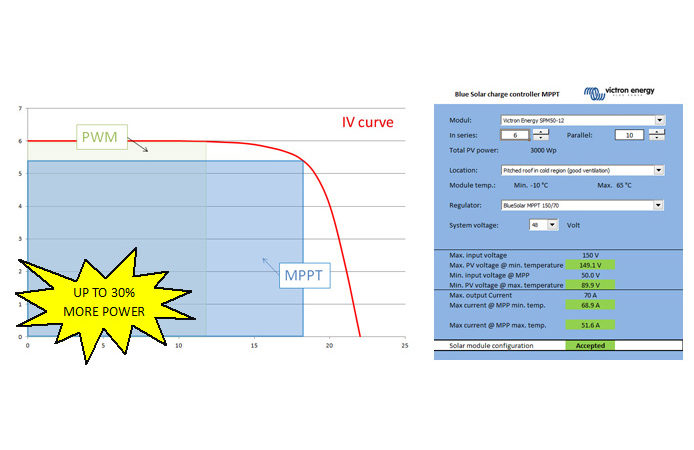eastTn noob
New Member
Hey yall, I have a few questions so I'll try one at a time. I have all victron controls (250/100 mc4ve.can charge controller) (multiplus 24v/3000va/70a inverter/charger) 20 Trina solar 260w/30.6v/8.5a panels. 2 eco-worthy dual axis trackers that will hold 5 panels each. Less than 3000w load on 2 24v 200ah lifepo batteries. Now the question, how many panels do I need, and how should they be wired? Thanks in advance for any help!
Last edited:



